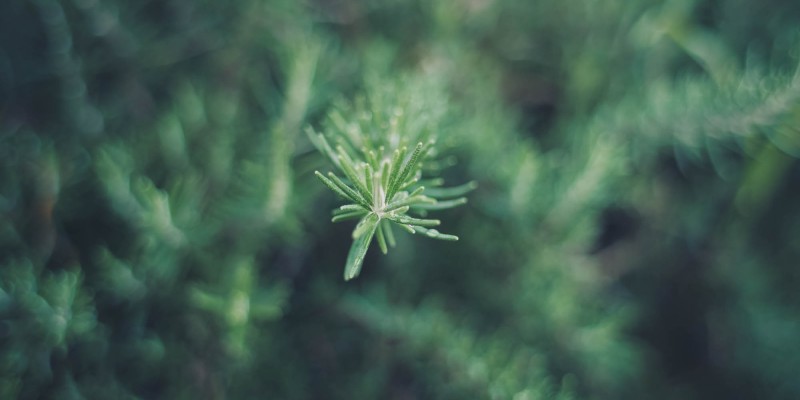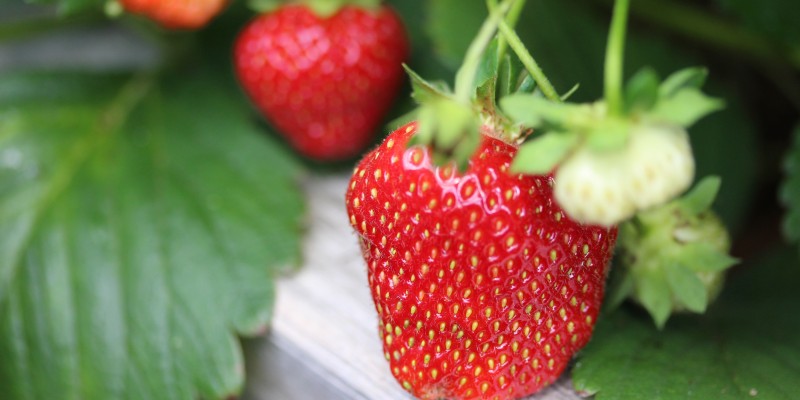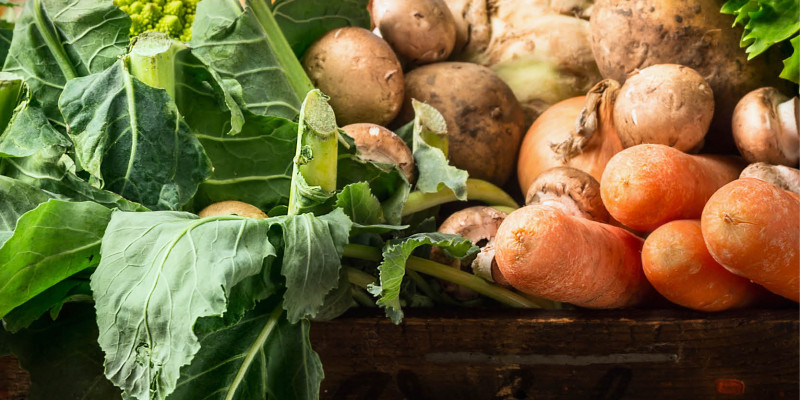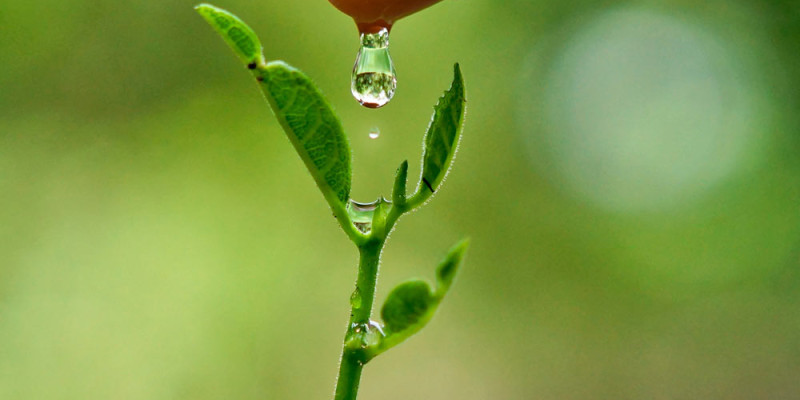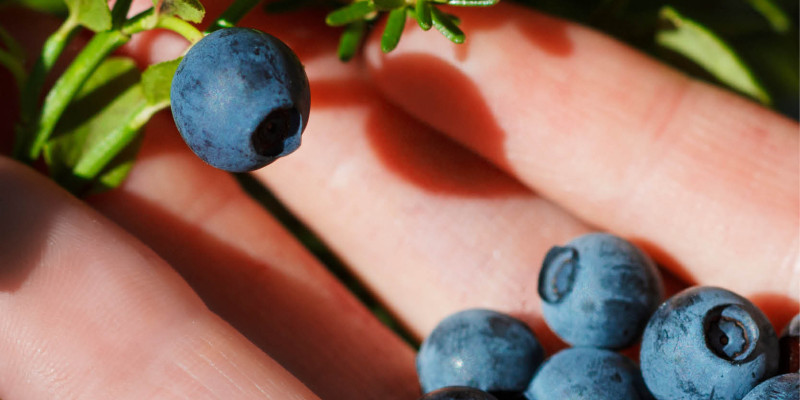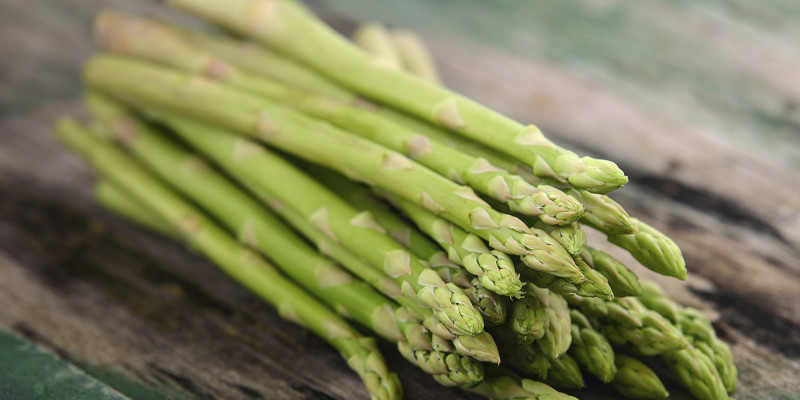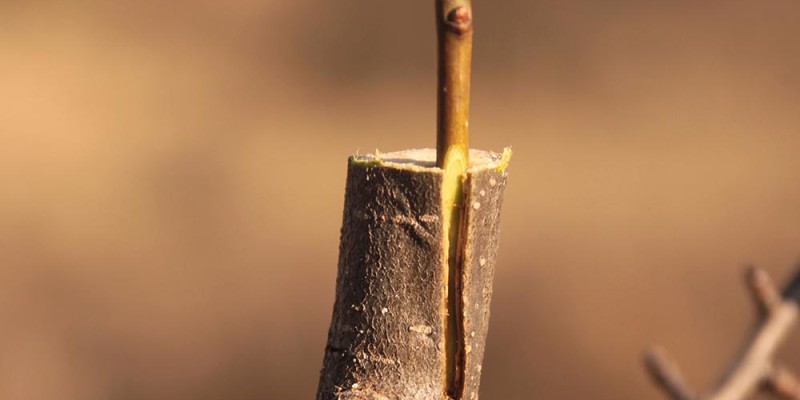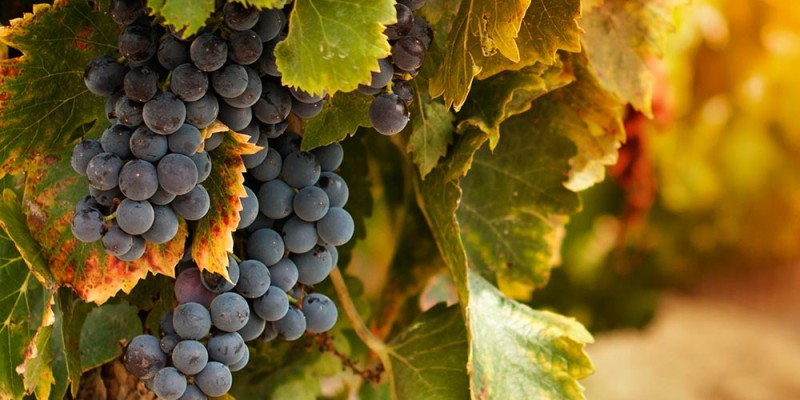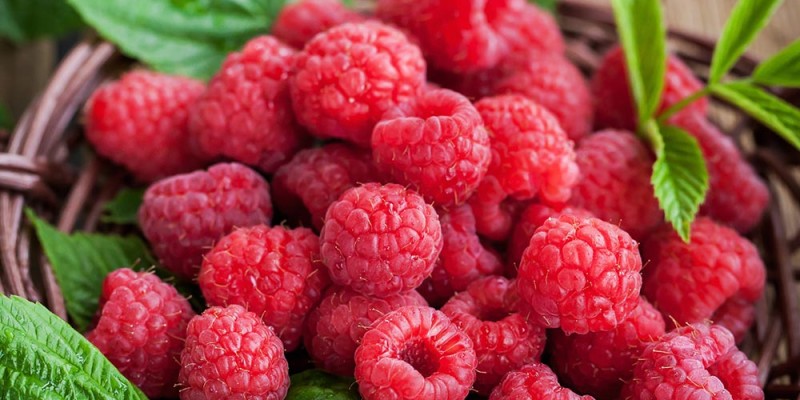At last month’s perennial work shop and the preceding video I did on planning a perennial garden I got a lot of questions about how I successfully grow perennials in containers. On today’s Urban Gardening Series episode I am going to go into more detail on growing perennials in containers.
The Benefits of Perennials
Perennials are plants that grow and produce for more than 2 years. They are a onetime investment that continues to pay you back in produce for years to come even in containers.
The Benefits of Container Gardening
Growing perennials in containers is not difficult and allows those with limited space such as a deck, patio or balcony to enjoy their produce.
Types of perennial fruit producing crops that does well in containers
Many of your favorite perennials do very well in containers. I currently have blueberries, figs, grapes, goji berries, and strawberries and have had Honey berries do very well. One limitation of doing this in a colder zone is the larger perennials such as trees may not do as well as some are able to do in warmer zones.
The reason larger plants such as trees don’t do as well is; the freeze time during the winter. Pots freeze much faster than the native soil or raised beds. The also thaw faster due to their lower volume. This can cause damage or even kill some plants that would otherwise do well in containers.
This is not to say it cant be done as many people grow trees in containers and bury the container in the fall however if you only have a patio deck or balcony available you may not have the space to bury the pot.
I would rather focus on the two general categories I have grown in containers over the last few years.
Most hardy bushes and vines should do well in containers.
Container size
Container size is important for perennials. The soil you add into the container must contain the enough nutrients and water for the plant to grow well.
Perennials also usually have a more extensive rooting system then their annual counter parts.
For these reasons I usually select a 10-15 gallon or 37 – 56 liter container. I really like the containers that trees come in as they are durable and large. I usually salvage these from friends whom are planting trees. You can also find them for free on local buy and sell websites.
When selecting a pot make sure it has good drainage. If water is allowed to sit in the bottom of the pot that can cause unwanted disease issues. Self-watering containers are great and don’t usually cause disease and rot issues. These are containers like this earth box that have a separate reservoir for water.
A self-watering container like this can let you get away with a smaller overall container size if you wish.
Fabric pots are an option that is generally easier to manage when moving. They can be made from 100% recycled
It is worth noting once you fill these with soil and a perennial they are heavy. I don’t have issues hauling them around but you may want to consider the weight.
Soil make up
The makeup of the soil is very plant specific. For instance a blueberry that prefers a more acidic soil will need a soil mix that has a lower pH.
Generally speaking I mix 3 parts compost with 1 part commercial potting mix. The potting mix will help hold water but the larger portion of compost is important. The compost will hold the nutrients the perennial needs long term to do well year over year.
What I look for when making up the mixes is if the soil hold water but is not sopping wet. An easy way to figure this out is to mix a small batch water it wait a few minus and pick up a handful. If it drips before you squeeze it needs more drainage. If when you pick it up it does not drip until you squeeze that is generally a well-drained soil that will retain the moisture the plant needs.
Feeding during the season
The most common question I get about the perennials I grow in containers is the long term nutrient needs of the plant. While the compost contains the nutrients the plant needs initially eventually if you don’t add any more the plant will run out.
For this I rely on worm castings. They are packed with plant available nutrients, plant growth hormones, humus that helps hold water and finally they usually have live worms or eggs in the castings.
After I add the worm castings, which can be done at any time on top of the soil, I treat the soil just like I would the surface of my garden. I mulch with leaves, coffee grounds, tea leaves and eggshells. This provides the worms with a food source so they can continue to add nutrients to the soil for the plant.
If you don’t have access to vermicompost native worms you find around can do the same work with the mulch.
I am often asked about the use of compost teas to feed potted plants during the growing season. I don’t recommend the practice however I won’t address that in this video. I will put a link to the Testing Garden Assumptions series videos where I addressed them at the end of this video. Make sure to watch both parts 1 and 2. They are back to back in the linked playlist.
Long term maintenance
Every 3-5 years you will need to remove the soil and replace it around the roots. If you are growing the plant in a hard surfaced container the roots will continue to curl around the perimeter creating a root bound plant.
If the plant is root bound for too long it will slow production and invite disease.
At around the same time the soil in the container will not be able to keep up with nutrient requirements of the plant.
Instead of up-potting like you would a root bound annual I will actually remove the soil and extra roots until I get to the central root ball and replace it with fresh compost. Similar to what is recommended for when you are planting the crop originally.
A general rule of thumb is to replace between ½ to 2/3 of the soil every 3-5 years. I check all of my perennials in the spring by pulling them out of the container to check see if they are severely root bound.
The best time to do this is early spring before the plant buds out. Doing it then will reduce the impact on the plant and when the plant buds it will actively grow a new root system into the compost. You should not sacrifice too much of that years crop.
Winter protection (high zone and hardy)
If you are growing perennials like I am that are not quite hardy to your zone you will want to find a protected place to keep them over winter.
I let the plants go through some light frosts in fall to force them to go dormant. I then move them into my attached unheated garage. It is important to keep them above the temperature that will permanently damage them but not so warm they try to grow again. For things like figs and this less hardy pixy grape they can survive up to -10c or 14f.
My garage rarely drops below freezing but when it does it is never lower than -10c. Usually I try to keep my plants around the freezing mark in the garage which has proven to require no work at all over the last few years.
Once in the garage and dormant I cover the plants to keep light off of them again slowing their re-emergence in the spring.
During the winter they don’t need water unless like me you live in a very dry climate. At which case I give them a liter or two ever month or so.
Come spring I keep an eye as temperatures are warming. Once the plants start to bud or daytime temperatures are safely over the freezing mark I bring them out onto the drive way during the day and returning them at night to the garage. I do this until the last frost has past at which point I can move them directly to the garden as they do not require time to harden off.
Bringing Plants in during the Winter
You can bring your plants in during the winter however I generally avoid this. Most of the hardy plants need “cold time” or dormancy is a normal part of their lifecycle.
The other main reason is pests. I grow organically and as such treating the plants for pests is not easy. I grow all winter in my grow area so I would hate to bring in a plant that has an infection that outside would be controlled but indoors can let lose.
Leaving the Plant outside
If some of the potted perennials that are hardy to my zone or a lower one I simply leave them out during the winter.
You don’t have to do much with these. I try to keep them out of direct sunlight which in the winter is much easier than summer. If there is enough snow I simply toss it over the container and on the plant to keep them dormant.
This in short is how I grow perennials in containers here in zone 3. Please let me know if you have any questions about this subject.
If you would like to learn how you can grow more food at home check out the link to the Urban Gardening Playlist:
